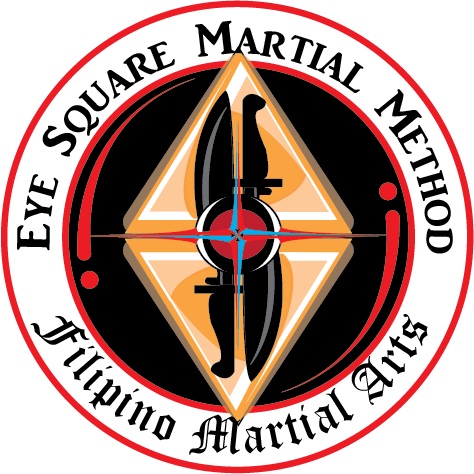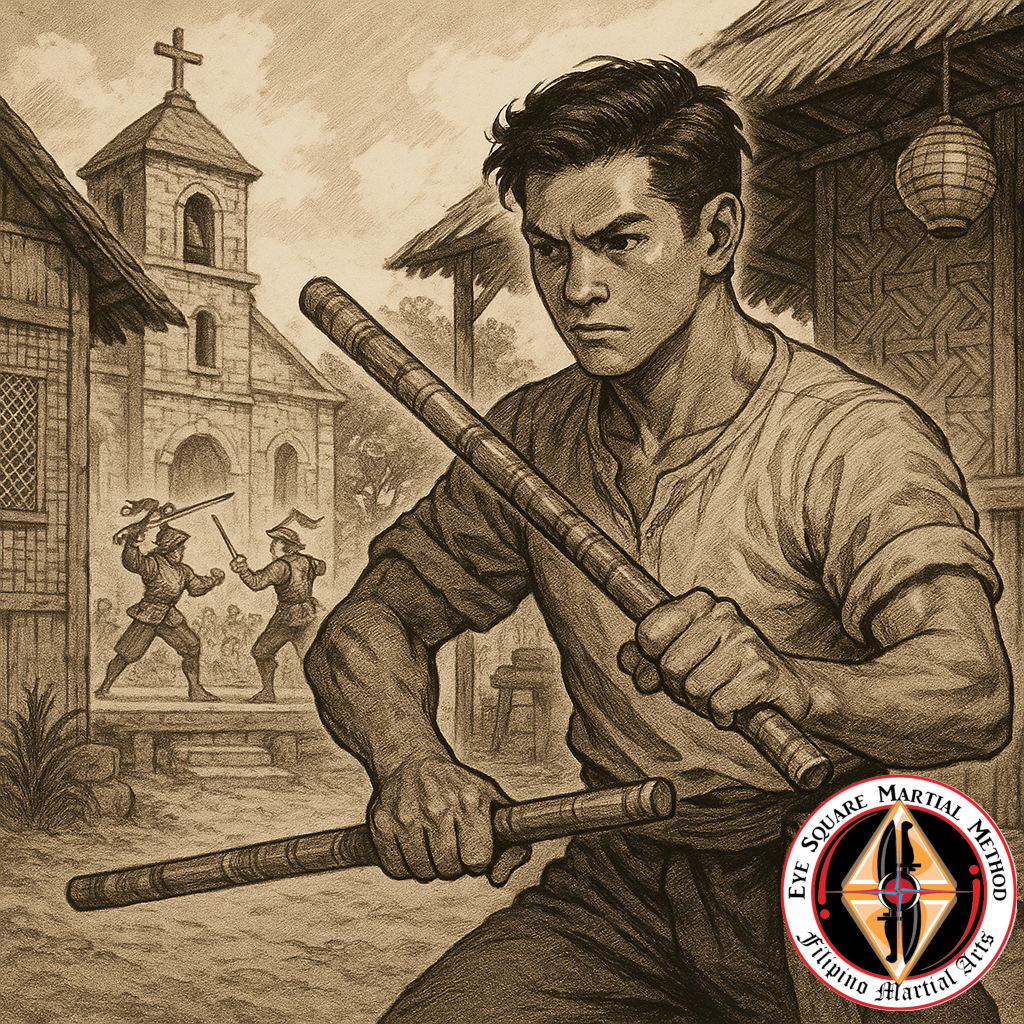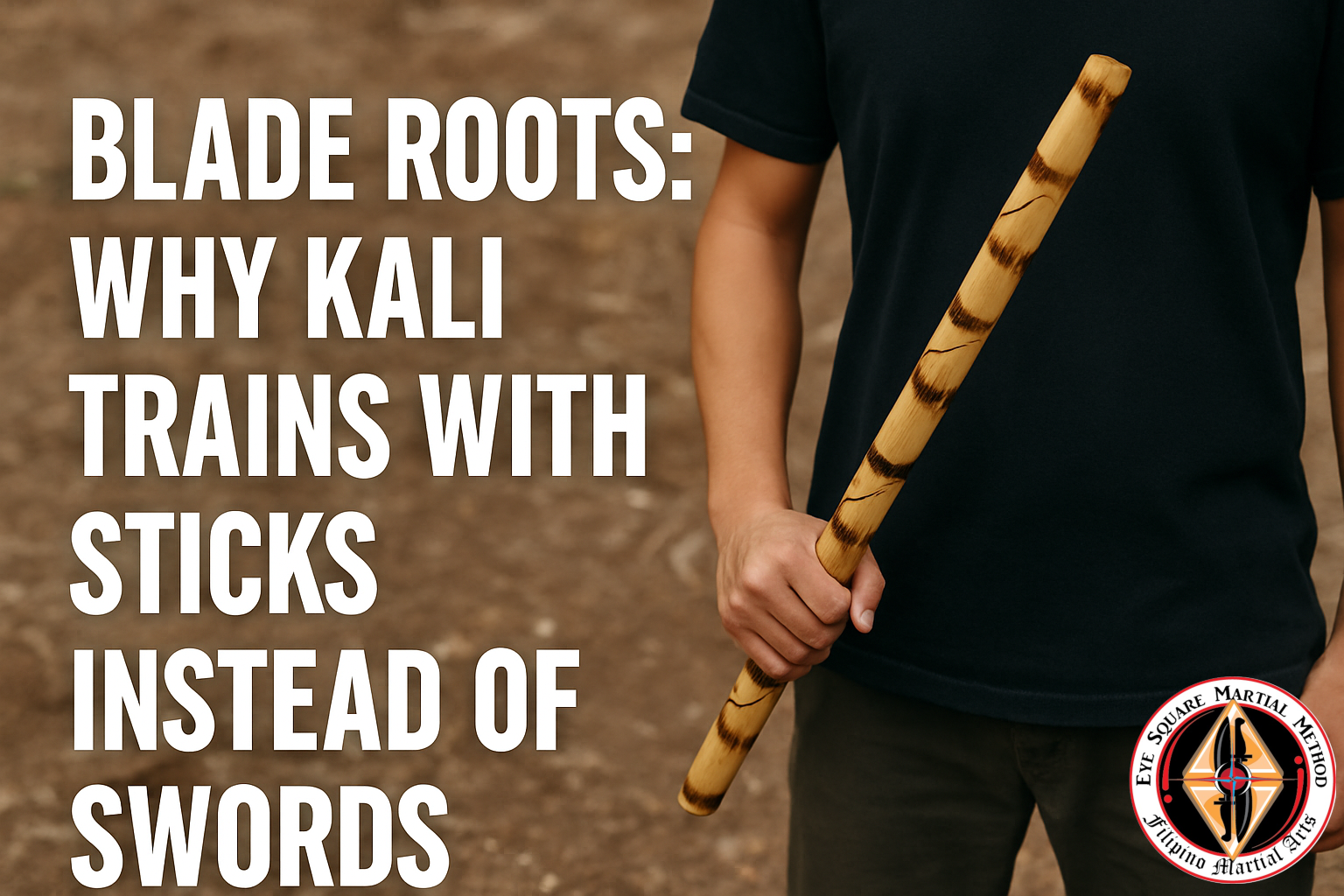So the Spanish rolled up in 1521 with muskets, missionaries, and an overwhelming desire to replace your bladed traditions with a rosary and a tax receipt. Over the next three centuries, they built churches, rewrote local laws, and did their absolute best to suppress indigenous martial culture. But Filipinos? They adapted. And they did it with style.
Blades Banned, But Not Forgotten
One of the first moves by Spanish colonial powers was to disarm the local population. Blades, spears, and shields were seen as threats to the colonial order. Public displays of martial prowess were restricted or outright banned. So how did warriors keep training? They got sneaky.
Martial techniques were tucked into dances, fiestas, and stage plays. Rituals that looked religious were sometimes rehearsals in disguise. Instead of swinging a kampilan, people started training with sticks—because sticks didn’t scare the priests nearly as much.
From Blades to Bastons
Enter the baston: the humble rattan stick. What looks like a walking stick or stage prop became the training tool of choice. Not because it was ideal—but because it was legal. Systems like what would later be called Arnis de Mano began to flourish underground, taught within families or in backyards behind nipa huts.
The switch to sticks didn’t dilute the danger—it made the art more deceptive. The same motion that could disarm someone with a blade could be practiced with a stick. The concepts of timing, footwork, angling, and deception were preserved.
Spanish Influence: Not All Bad
It wasn’t just suppression; there was also fusion. Spanish fencing—especially the use of the espada y daga (sword and dagger)—left a mark. Filipino fighters absorbed concepts like linear movement, thrusting mechanics, and blade alignment, then ran them through the local flavor mill.
What came out wasn’t a watered-down version—it was a hybrid. And it worked.
Theater, Dance, and the Art of Disguise
Public exhibitions like moro-moro plays were often vehicles for preserving martial techniques. Actors—many of them trained fighters—would stage choreographed duels between Christians and Moros. The audience saw entertainment. Practitioners saw drills, timing, and hidden lessons.
Fiestas were another cover. While the town celebrated, someone’s uncle was showing the kids how to chamber properly during a stick “dance.” And since many priests didn’t speak the local dialects fluently, a lot of the instruction went under the radar.
Resistance Through Movement
Despite the colonial clampdown, resistance movements continued. Revolts throughout the islands—like the Dagohoy Rebellion—were often powered by martial knowledge passed down despite the bans. It wasn’t just about sticking it to the colonizers. It was about preserving identity, dignity, and capability.
The Underground Forge
The Spanish era didn’t kill Filipino martial arts. It reforged them.
It pushed the arts into back alleys, behind churches, and into family homes. And that pressure cooked something powerful. By the time the Spanish were on their way out, the arts hadn’t just survived—they’d evolved.
In the next chapter, we’ll look at what happens when colonial powers switch from Spanish to American, and how the arts adapted once again to survive—this time in the shadow of Westernization and war.


